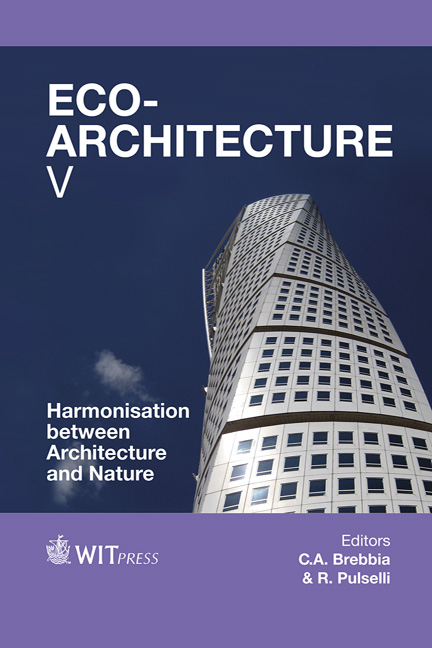DesignBuildBLUFF: Coyote Architecture On The Colorado Plateau
Price
Free (open access)
Transaction
Volume
142
Pages
12
Page Range
603 - 614
Published
2014
Size
1,494 kb
Paper DOI
10.2495/ARC140511
Copyright
WIT Press
Author(s)
J. Murray, R. Sommerfeld, G. Longhurst, C. Bithell, C. Wilson, A. Yamamoto, H. Ogiso, A. Bradshaw, H. Louis, D. Penny, D. Young
Abstract
The Four Corners region, located in the heart of the Colorado Plateau, is a land of little rain, sparse vegetation, extreme climate, and vivid landscapes. It is considered by the Diné (Navajo) to be a sacred place. Intimate connections between earth, water, and sky are gradually revealed to plateau dwellers with open hearts and seeing eyes. In this inspiring setting, DesignBuildBLUFF (DBB), a non-profit founded by architect Hank Louis, provides sustainable, pro bono homes for Navajo families on the reservation near Bluff, Utah. Architecture students from the University of Utah, the University of Colorado, Denver, and engineering students from Southern Utah University design the experimental homes during the summer or fall semester, and build the homes the following semester. DBB students blend qualities of the artist, the jester, and the sage with a fierce work ethic and a passionate desire to design and build something real. Glimpsed fleetingly at dawn en route to the building site or returning home at dusk to Bluff, the roughly clad, wildly inventive students might easily be mistaken for coyotes, Canis latrans, pursuing prey. This paper describes how students participating in DesignBuildBLUFF 2012 created Raine House, a 1,200 square foot, passive solar home for Lorraine Toney and her five children. EnergyPlus and OpenStudio software from the National Renewable Energy Laboratory were used in the design of Raine House, connecting contemporary science to the ancient architectural triad of firmness, commodity, and delight.
Keywords
passive solar, Native American, sustainable, pro bono, design-build





